FY12 Budget: The math gets tougher
Last updated on: February 25, 2011 10:16 IST
Image: Huge fiscal deficit.
The government's FY11 fiscal deficit should be comfortably lower than its estimate (4.7% vs the budgeted 5.5%), but we suspect the quality of improvement would be weak, given one-off revenue items and a significantly higher base of nominal GDP.
Meeting fiscal deficit targets for FY12 and beyond will be extremely challenging, given constraints on the expenditure side due to large welfare schemes. We expect rollback of fiscal stimulus to continue in FY12, but the FY12 deficit target of 4.8% is unlikely to be met.
Strong tax buoyancy, but overall receipts (excluding 3G) down modestly: While tax revenues have been very buoyant in FY11 and will rise 29% as against the budget estimate of 19% (7.4% of GDP vs 6.8%budgeted), non-tax receipts excluding 3G revenues have been sluggish.
Text: IIFL . . .

FY12 Budget: The math gets tougher
Image: Government receipts to be down.
As a result, overall government receipts ex 3G would actually be down modestly in FY11, at 9.2% of GDP from 9.3% in FY10.
Expenditure growth ahead of budget estimate, but quality better: As against a budget estimate of 9% YoY, we estimate government expenditure would be up 18% YoY, almost entirely offsetting the higher receipts.
However, the quality of expenditure growth this year has been better, with Plan expenditure likely to rise 26%, as against only 10% in FY10 with it contributing to 44% of the incremental expenditure.
. . .

FY12 Budget: The math gets tougher
Image: Govt has a tough job.
Math becomes difficult in FY12 and beyond: Excluding one-off 3G revenues, the government's fiscal deficit would be 6% of GDP in FY11.
This needs to be reduced to 4.8% in FY12 and 3% by FY14, which would be challenging, in our view.
Achieving these targets will require a combination of current tax buoyancy sustaining over the next three years, and a deceleration in expenditure growth to 10% pa, down from 17% in FY11.
FY12 budget to focus on continuing tax buoyancy, contain expenditure: Even after this year's robust growth, gross tax revenues at 10.3% of GDP will remain 160bps below the peak recorded in FY08, as excise, customs and personal taxes remain significantly below their FY08 peak.
. . .

FY12 Budget: The math gets tougher
Image: Fiscal consolidation to be more challenging.
Consequently, we expect rollback of fiscal stimulus to continue, with excise duties going up by 200bps to 12% (as will service tax).
We also expect government to start the transition towards GST by pruning the list of exemptions in excise and service taxes.
We expect government to comfortably better its fiscal deficit target for FY11, thanks largely to much higher-than-expected nominal GDP base and the 3G windfall offsetting higher expenditure growth.
In absolute terms, however, the fiscal deficit is unlikely to be materially lower than the budget estimate.
Consequently continuing the fiscal consolidation from FY12 onwards will be much more challenging and require significant expenditure compression (relative to GDP), in our view.
. . .

FY12 Budget: The math gets tougher
Image: Strong tax buoyancy.
Strong tax buoyancy (on a par with FY03-08 cycle): We reckon tax revenues would be up 29% YoY in FY11 as against the budget estimate of 19% growth and nominal GDP growth of 20%.
Consequently, tax revenues would likely have exceeded budget estimates by 8% or Rs 607 bn. Gross tax revenues would be 10.2% of GDP as against budget estimate of 9.5% of GDP.
Slightly higher devolution to states post the 13th Finance Commission recommendations would imply net tax revenues to Central government growing by a slightly slower 26% (still Rs 460 bn above budget estimate) to 7.4% of GDP, as against the budget estimate of 6.8% of GDP.
. . .

FY12 Budget: The math gets tougher
Image: Excise collections to rise.
This tax buoyancy is broadly in line with the buoyancy witnessed during FY03-08, when tax revenues grew on average 1.5x the nominal GDP growth.
While customs and excise collections would be buoyant (up 56% and 33%, respectively) reflecting partial withdrawal of fiscal stimulus (reimposition of customs duty on crude, hike in base excise duty from 8% to 10%), personal tax collections are slightly depressed (though still above budget estimate - 13% growth vs budget estimate of a decline) thanks to to the considerable widening of tax slabs in the last budget.
Excluding 3G total receipts decline modestly (relative to GDP): While disinvestment proceeds will likely fallen short of budget estimates, strong tax buoyancy along with higher-than-expected 3G revenues would result in total government receipts of 10.5% of GDP, as against 9.3% in FY10 and FY11 budget estimate of 9.2% of GDP.
. . .

FY12 Budget: The math gets tougher
Image: Growth in government expenditure would still be slower.
However, excluding the one-time 3G revenues, total receipts in FY11 at 9.2% of GDP would actually be modestly below those in FY10 (9.3% of GDP), as higher tax revenues would be completely offset by lower non-tax receipts.
Expenditure growth ahead of budget estimate, limiting fiscal improvement, but quality better: As against a budget estimate of 8% YoY, we reckon government expenditure would be up 17% YoY in FY11.
However, growth in government expenditure would still be slower than nominal GDP growth (albeit modestly) and decline to 15.2% of GDP in FY11 from 15.7% of GDP in FY10 (including off-balance-sheet items).
. . .

FY12 Budget: The math gets tougher
Image: Quality of expenditure growth has been better.
Higher than budgeted government expenditure will almost entirely offset the higher receipts (some of which like 3G revenues is entirely one-off in nature), in our view.
However, the quality of expenditure growth has been better this year, with Plan expenditure likely to rise 26% YoY in FY11 (up from 10% in FY10), as against non-Plan expenditure's growth at 13%.
Consequently, 46% of incremental government expenditure in FY11 would be Plan expenditure, as against its share of only 30% in total expenditure.
. . .

FY12 Budget: The math gets tougher
Image: Finance Minister Pranab Mukherjee.
Strong nominal growth to aid achievement of FY11 target While presenting the FY11 budget, the government had estimated FY11 nominal GDP at Rs 69,347bn, assuming 12.5% growth over the then FY10 estimate. In reality, the base has turned out to be much more favourable.
as FY10 GDP was revised upwards by 6% and nominal growth was much higher at 20%.
Consequently, the FY11 nominal GDP base at Rs 78,779 bn is 14% higher (almost a full year's additional growth) than the estimate while presenting last budget.
Consequently, fiscal deficit is almost the same as the budget estimate in absolute terms (despite the 3G bonanza), in % of GDP terms, the deficit is significantly lower.
. . .

FY12 Budget: The math gets tougher
Image: Finance Minister Pranab Mukherjee.
The math would be onerous in FY12 and beyond: Excluding 3G revenues, the government's fiscal deficit would likely be 6% of GDP in FY11, down from 6.5% of GDP in FY10 - an improvement of 50bps.
The medium-term fiscal strategy targets set out by the government and the 13th Finance Commission require the government to reduce its fiscal deficit to 4.8% of GDP in FY12 and to 3% of GDP by FY14.
This warrants a much sharper improvement in the fiscal deficit (120bps in FY12 and by 180bps in FY13 and FY14 put together) than that achieved in FY11.
Particularly for FY12, we expect the government to have a fiscal deficit of 5% of GDP, higher than what it had committed last year.
. . .

FY12 Budget: The math gets tougher
Image: Rollback of fiscal stimulus to help.
We assume continued rollback of fiscal stimulus and Rs 350 bn towards disinvestment proceeds - which is higher than what the government would have raised in FY11, when the market environment was favourable for most of the year.
This, coupled with rising crude oil prices, lend an upward bias to our fiscal deficit estimate.
As an example, achieving the fiscal deficit targets will require a combination of current tax buoyancy sustaining over the next three years (taxes growing at 22% pa, at the same rate as during FY03-08) and expenditure growth of just 10% pa, down from 17% in FY11 and 19% CAGR over FY08-11 (assuming nominal GDP growing at 15% pa).
. . .

FY12 Budget: The math gets tougher
Image: Tax revenues are below peak.
Tax revenues significantly below peak, expect continued rollback of fiscal stimulus: Given the significant fiscal compression required in FY12 and beyond, we expect the government to focus on increasing revenues and thus continue to roll back fiscal stimulus in FY12.
Even after this year's robust growth, gross tax revenues at 10.2% of GDP would remain 1.7pps below the peak recorded in FY08.
While corporate tax collections in FY11 would be above their FY08 peak, excise (0.7ppt of GDP), customs (0.4ppt) and personal taxes (0.3ppt) remain significantly below their FY08 peak.
. . .

FY12 Budget: The math gets tougher
Image: Indirect tax base to rise.
Indirect taxes - continuation of rollback of stimulus Consequently in the FY12 budget, we expect the finance minister to increase the basic excise duty rate to 12%. Furthermore, given the need to keep service tax and excise duty rates in sync (on account of the impending implementation of GST), we expect service tax rate to also go up to 12% in FY12.
It's worth noting that even after this, the base excise duty rate would be below the pre-crisis rate of 14%.
We do not believe that a 200 bps increase in the base excise duty will be particularly inflationary, given demand management measures both from RBI and the government; businesses in general will enjoy limited pricing power inFY12.
We expect these measures to increase tax revenue by 0.2-0.3 ppt of GDP in FY12.
. . .

FY12 Budget: The math gets tougher
Image: More revenue gains for the govt.
Transition towards GST: While implementation of GST remains stuck owing to opposition from many states fearing dilution of their fiscal autonomy, we expect the central government to take few steps as transition towards the GST.
As such, the number of items being exempted from excise duty is likely to be pruned significantly.
Under the GST, only 99 items that are currently exempt from state value-added tax will remain exempt, as against the over 300 items that are currently exempt under central excise duty.
Similarly, service tax that is currently levied only on specified services (with the list being expanded every year) may be converted into a general duty on all services, with few services being exempted (which will be the case under GST).
Both these measures will broaden the indirect tax base and drive revenue gains to the government.
. . .

FY12 Budget: The math gets tougher
Image: No tax breaks.
Direct taxes no tax breaks On the direct tax front, we do not expect significant increase in tax incentives for individuals or a large widening of tax brackets, unlike last year.
On corporate income tax, we do not see the surcharge of 7.5% (which was reduced from 10% last year) being eliminated; even if it is eliminated, we expect the MinimumAlternate Tax rate to be raised to 20% (in line with the rate proposed in the DTC and the current effective MAT rate).
Significant expenditure compression required, quality of expenditure to suffer: Assuming the strong tax buoyancy witnessed this year continues in FY12 and beyond (in part helped by continued withdrawal of fiscal stimulus), the government will still need to significantly moderate expenditure growth to 10% pa from 17% in FY11.
. . .

FY12 Budget: The math gets tougher
Image: NREGA workers.
This will reduce government expenditure by 1.8 pps by FY14, from the current 15.2% of GDP in FY11 to 14.6% in FY12, and to 13.5% of GDP in FY14.
This will be challenging, given the current government's many socialist welfare schemes.
The Prime Minister's economic advisory council, for example, estimates that additional expenditure on food security, right to education, universalising healthcare and increased wages under NREGA will amount to 3% of GDP over the medium term.
While some of these programmes (such as food security) have not yet been implemented, some, such as higher wages under NREGA, have already been implemented.
. . .

FY12 Budget: The math gets tougher
Image: Slowdown in existing expenditure.
Accommodating all of these expenditures, will require an even more marked slowdown in existing expenditure items.
With most of these additional expenditures being 'revenue' in nature, there is little scope for increasing the central government's capital expenditure.
Consequently, the central government's Plan capital expenditure, which is currently at 1% of GDP, is unlikely to increase in the medium term, notwithstanding the improvement in government finances.
. . .


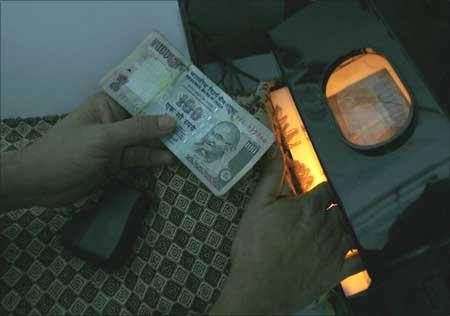


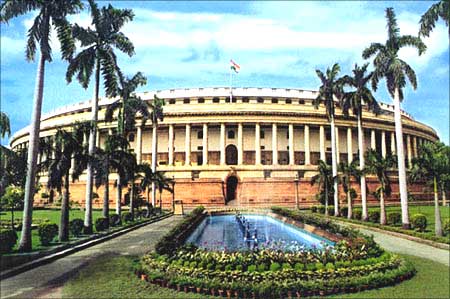

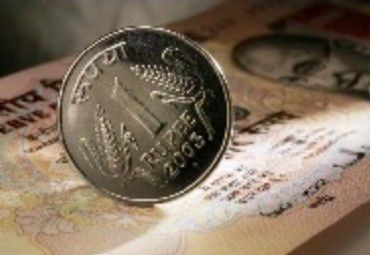
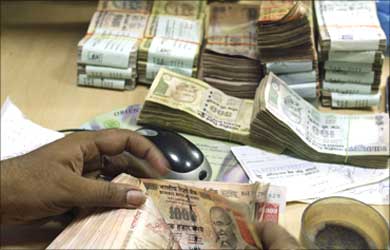
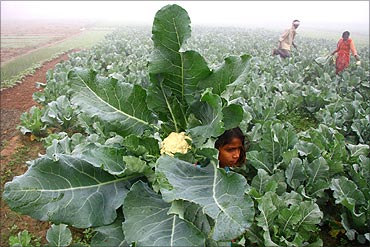
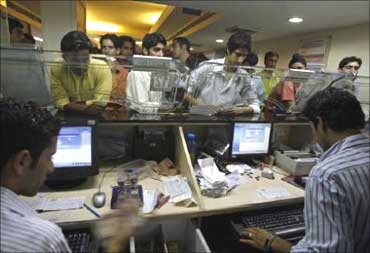

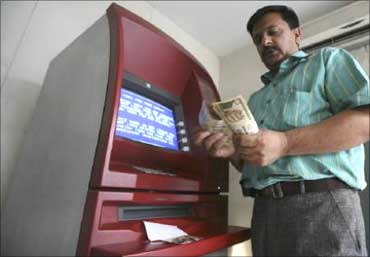
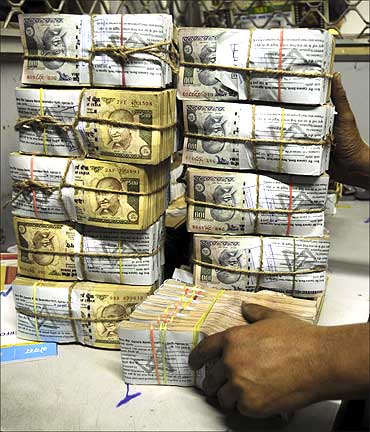
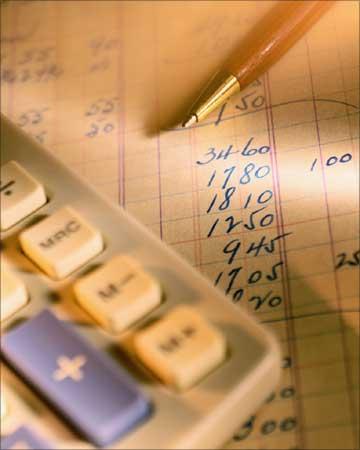
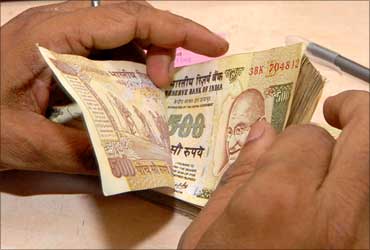


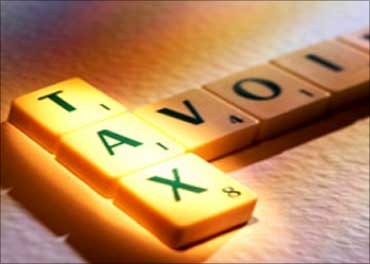
article